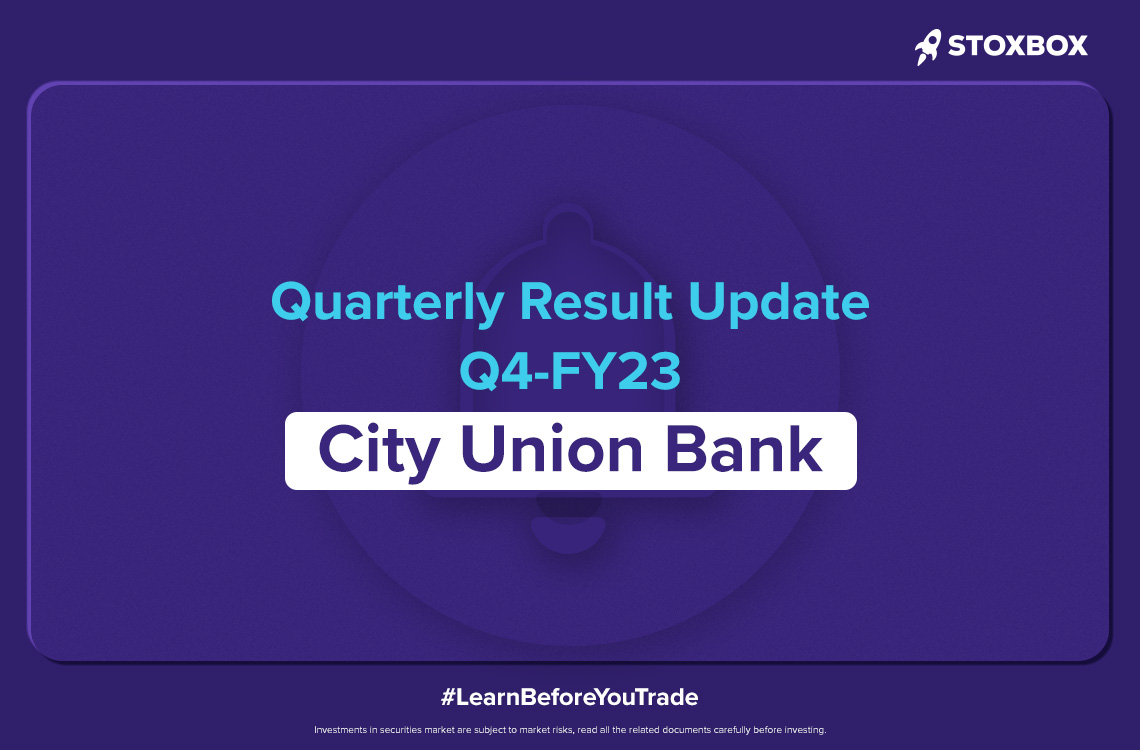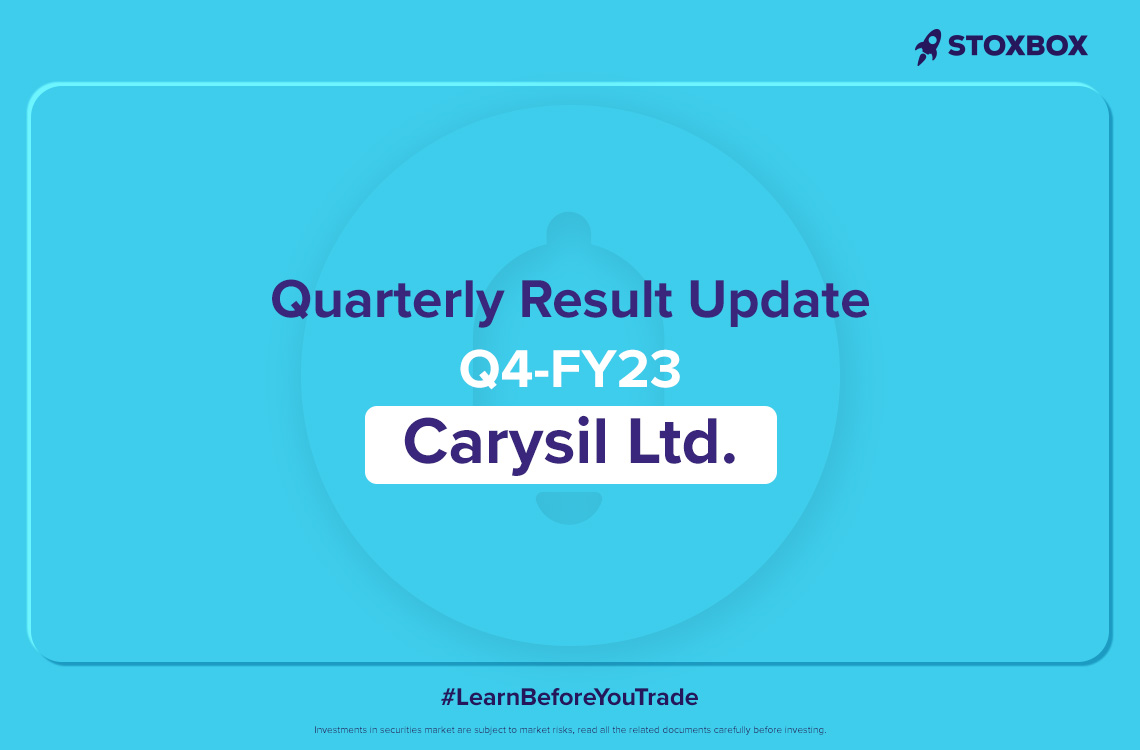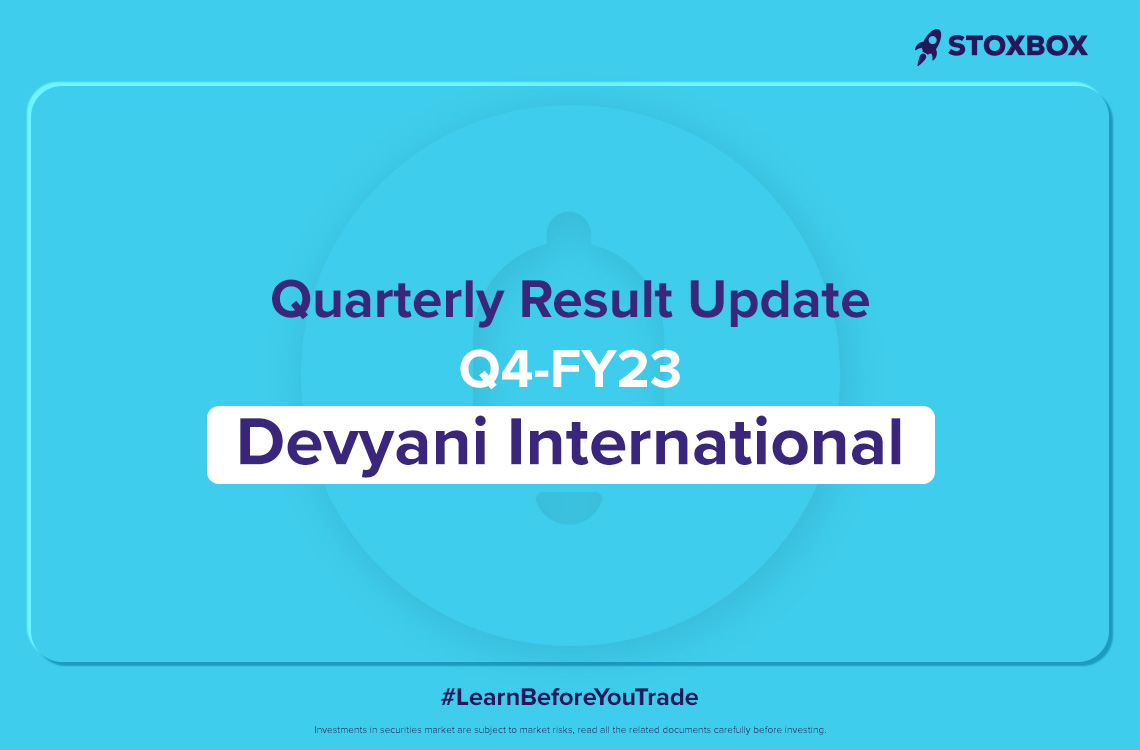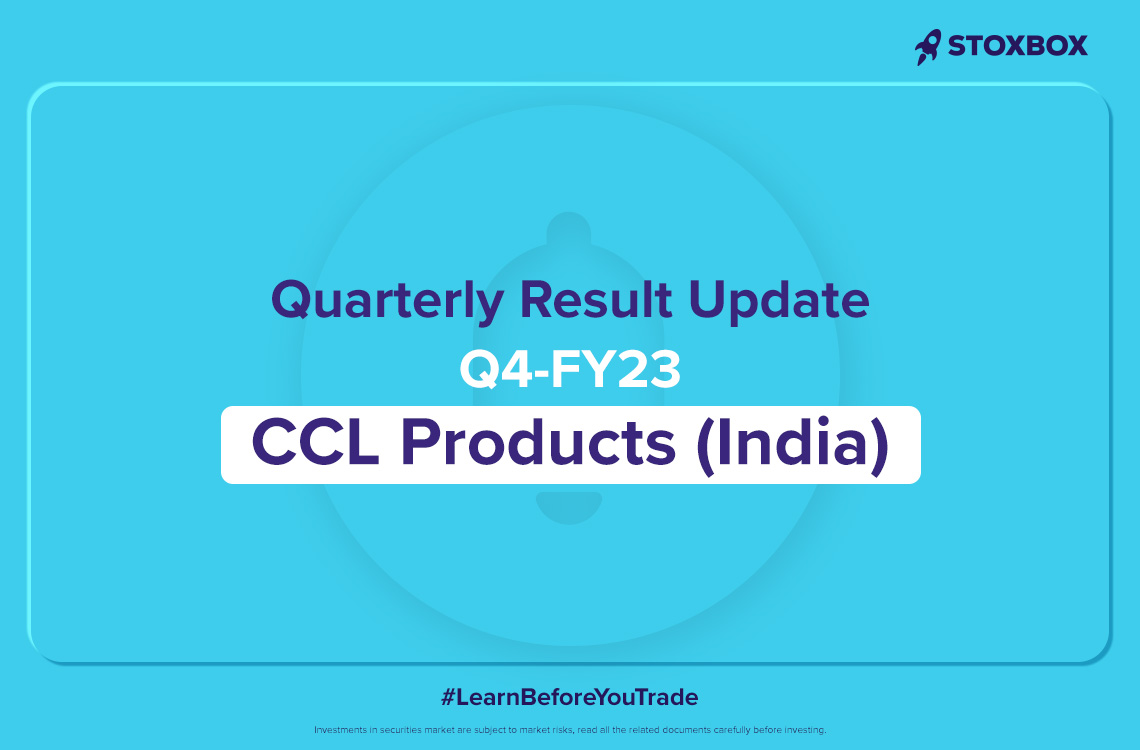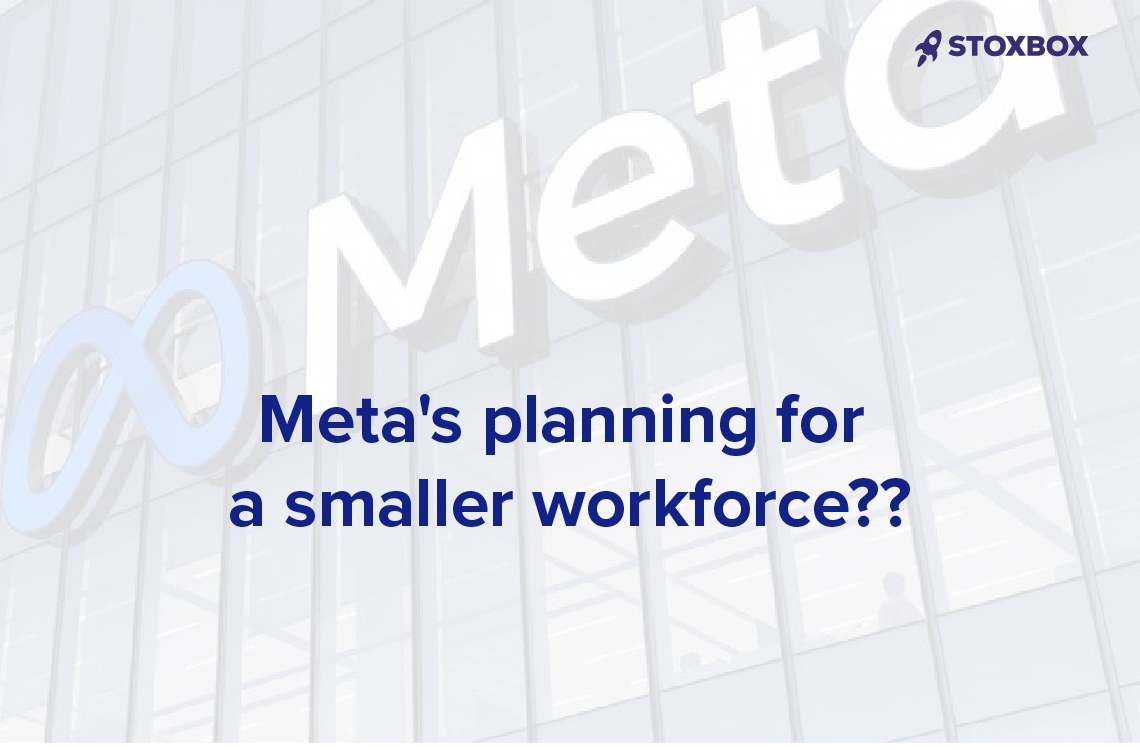Originally known as The Kumbakonam Bank Limited, City Union Bank was incorporated as a limited company on 31 October 1904. The bank was initially a regional bank in the Thanjavur District, Tamil Nadu.
Currently, City Union Bank has a strong network of 496 computerized branches and 1292+ ATMs which are spread across India.
In December 2006, Larsen & Toubro bought 10% of the bank. The bank celebrated its 110 years of service on 31st October 2014.
The entire introduction is a little broken. There needs to be a better flow going forward.
Results Highlight:
CUBK’s Net Interest Income (NII) for Q4FY23 was Rs. 514.3 crores, a slight increase over Q4FY22. For FY23, the NII increased by 13% to reach Rs. 2,163.0 crores. However, the Net Interest Margin (NIM) declined to 3.65% in Q4 FY23, mainly due to rising interest rates.
The bank’s Pre-Provision Operating Profit (PPOP) also declined in Q4FY23, primarily due to higher operating expenses. PPOP stood at Rs. 417.0 crores, down 16.2% QoQ and 5.2% YoY. On the positive side, the bank managed to control provisions, indicating asset quality improvement. Provisions decreased to Rs. 159.0 crores, down 29.2% QoQ and 7.0% YoY.
Net profit improved slightly to Rs. 218.0 crores, up 0.1% QoQ and 4.4% YoY. CUBK maintained its asset quality, with Gross Non-Performing Assets (GNPA) and Net Non-Performing Assets (NNPA) declining in Q4FY23 compared to the previous quarters.
However, the bank faced challenges in deposits and advanced growth. Total Deposits increased by 4.8% QoQ and 9.9% YoY, while Total Advances grew by 2.2% QoQ and 6.8% YoY. The Current Account and Savings Account (CASA) ratio also showed weakness, falling below the bank’s 30% target.
Return on Assets (RoA) improved to 1.46% in FY23 compared to 1.35% in FY22, and Return on Equity (RoE) increased to 13.42% in FY23 from 12.31% in FY22.
Valuation and Outlook
City Union Bank (CUBK), the oldest private-sector bank in the country, reported weak results in Q4FY23. Despite the interest rate hike by the central bank, CUBK couldn’t capitalize on the opportunity like its peers. The bank’s profitability relied on recoveries from NCLT proceedings and Treasury gains in the first half of FY23.
The management expects growth in Advances and business in the second half of FY24, but they are currently more focused on recoveries than business expansion. Unlike peers targeting the retail segment for improved NIMs, CUBK plans no change in Advances composition in FY24.
There are indications of an elevated Cost-to-Income ratio in FY24 due to increased deposit costs and higher operating expenses. Non-Interest Income growth is not expected to be significant in FY24. The bank has appointed BCG consultancy for digital lending process enhancement.
Cautious view for CUBK in FY24 due to focus on MSME and gold loans, absence of new products, and other factors.
Key Concall Highlights
- The bank has made its underwriting process stricter in recent years.
- The approval rate for new customers decreased from 45-50% to 25% in FY23 but is expected to increase in the coming quarters.
- The bank’s loan composition remains unchanged, with the majority in the MSME segment (43%) and gold loans (25%).
- Management expects credit growth of 12-15% in FY24, skewed towards year-end.
- Slippages in FY23 were around 2.5-3% of total advances, resulting in a slippage ratio of 3.02%. The bank anticipates a reduction in the
- slippage ratio and a return to pre-COVID levels of non-performing assets (NPAs) in the next 4-5 quarters.
- Net interest margins (NIMs) may face pressure due to deposit repricing, potentially resulting in a cost-to-income ratio of 40%-42% in FY24.
- The bank aims to maintain a return on assets (RoA) of 1.5% in FY24.
- Profit growth challenges are expected in FY24 but will be compensated for by business growth and improved NPA recovery in the second half.
- The bank is not focusing on retail loan growth like its peers and will maintain its existing loan composition.
- NIMs are expected to decline by 10-15bps in FY24 due to deposit repricing.
- The bank had significant profits in FY23 from Treasury gains and NCLT recoveries. These profits may not be replicated in FY24. However, the bank expects compensation in the second half.
Click here to view the detailed report.
You might also Like.
City Union Bank Quarterly Result Update
Originally known as The Kumbakonam Bank Limited, City Union Bank...


